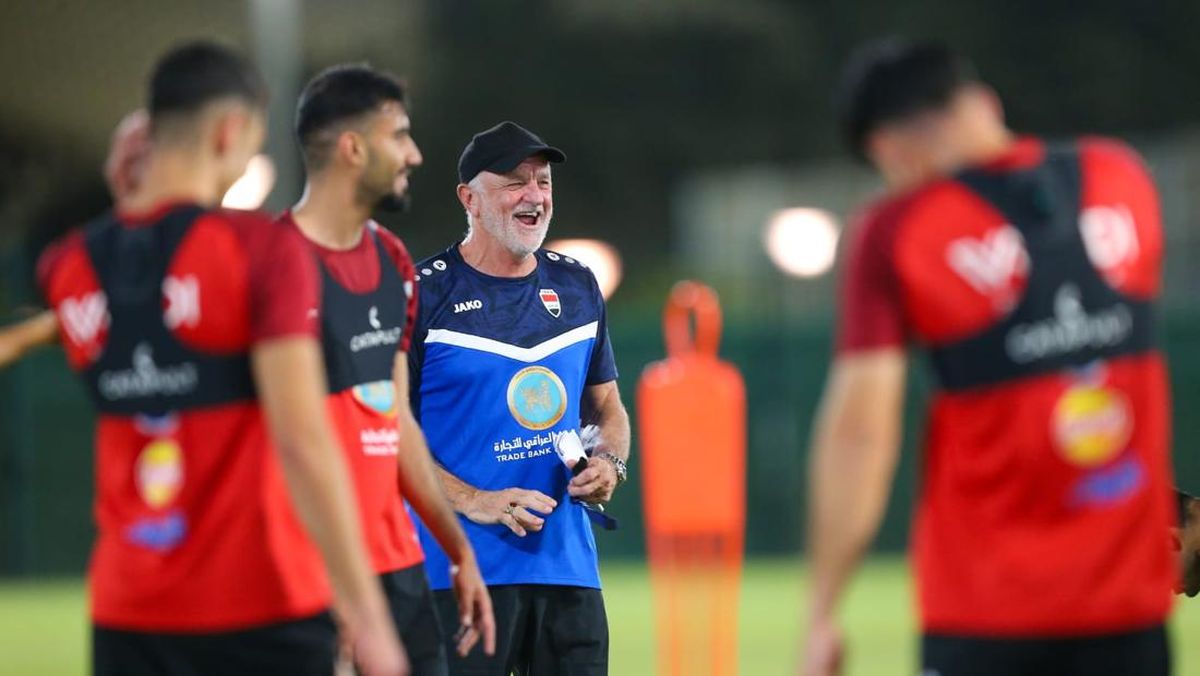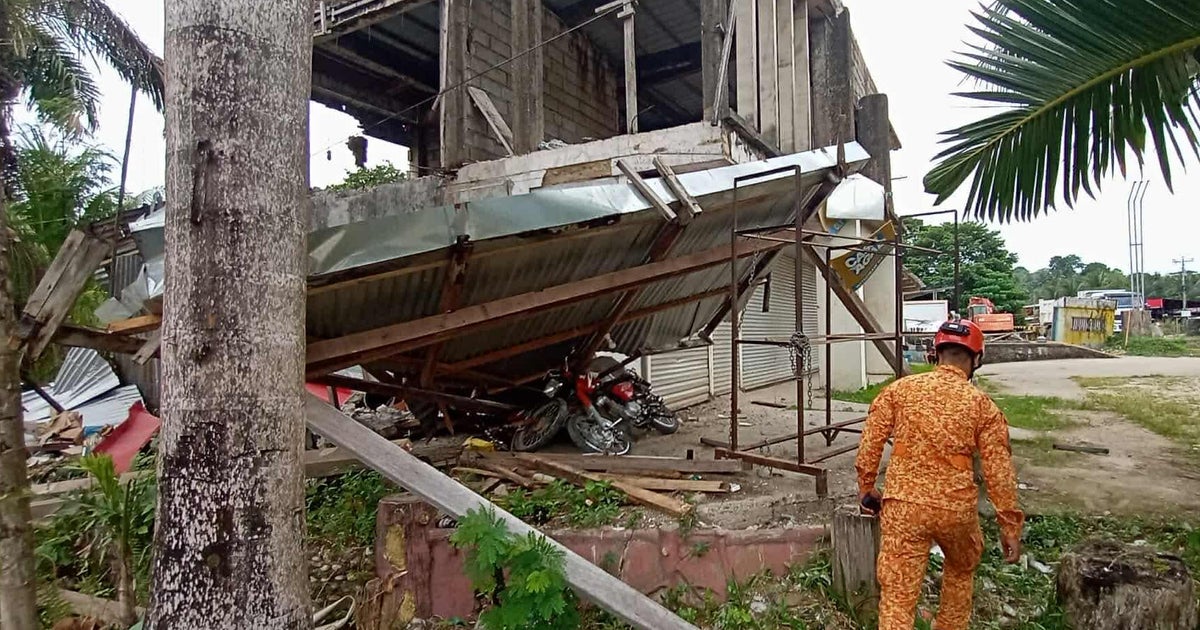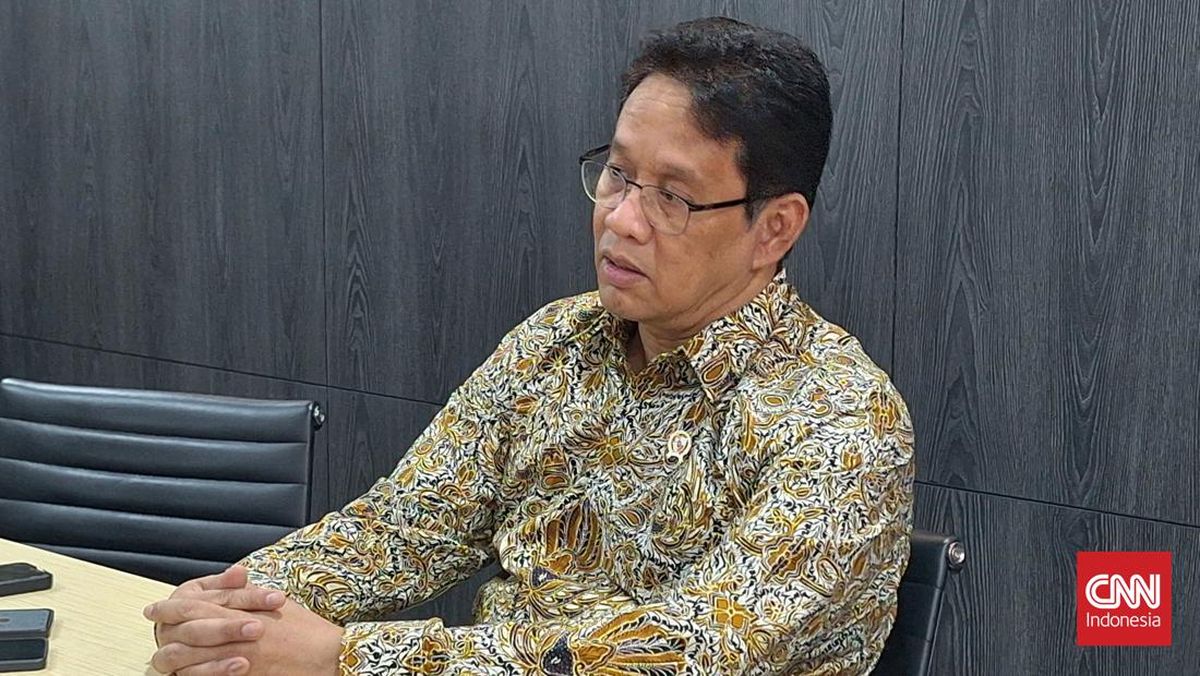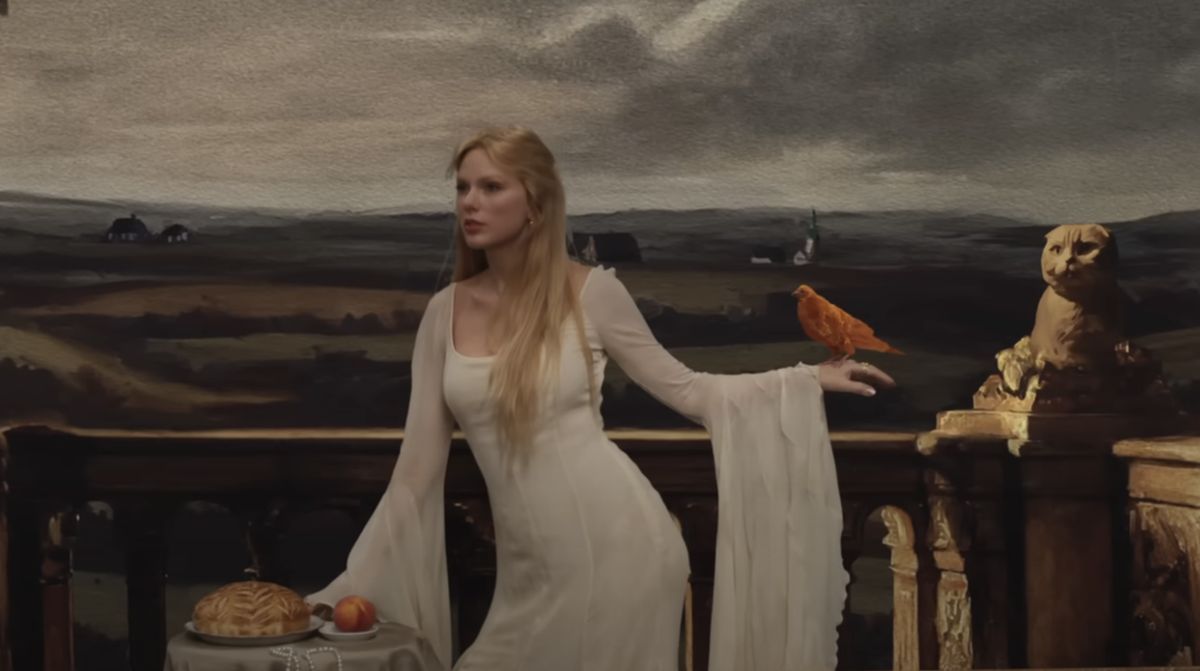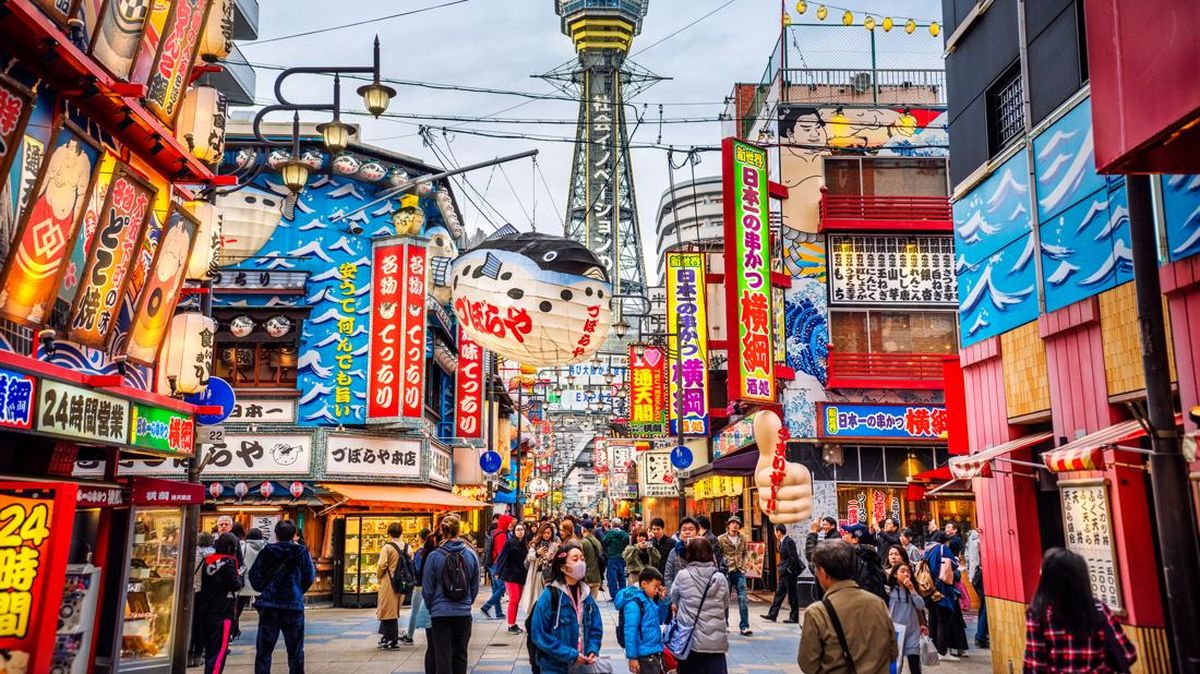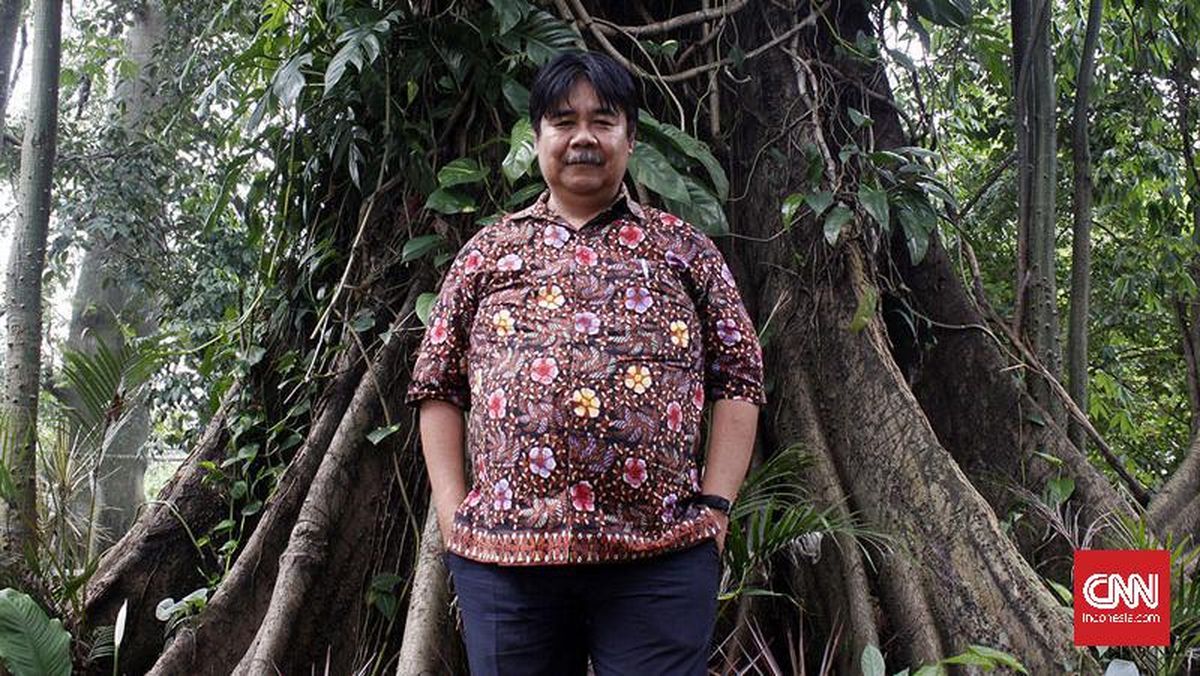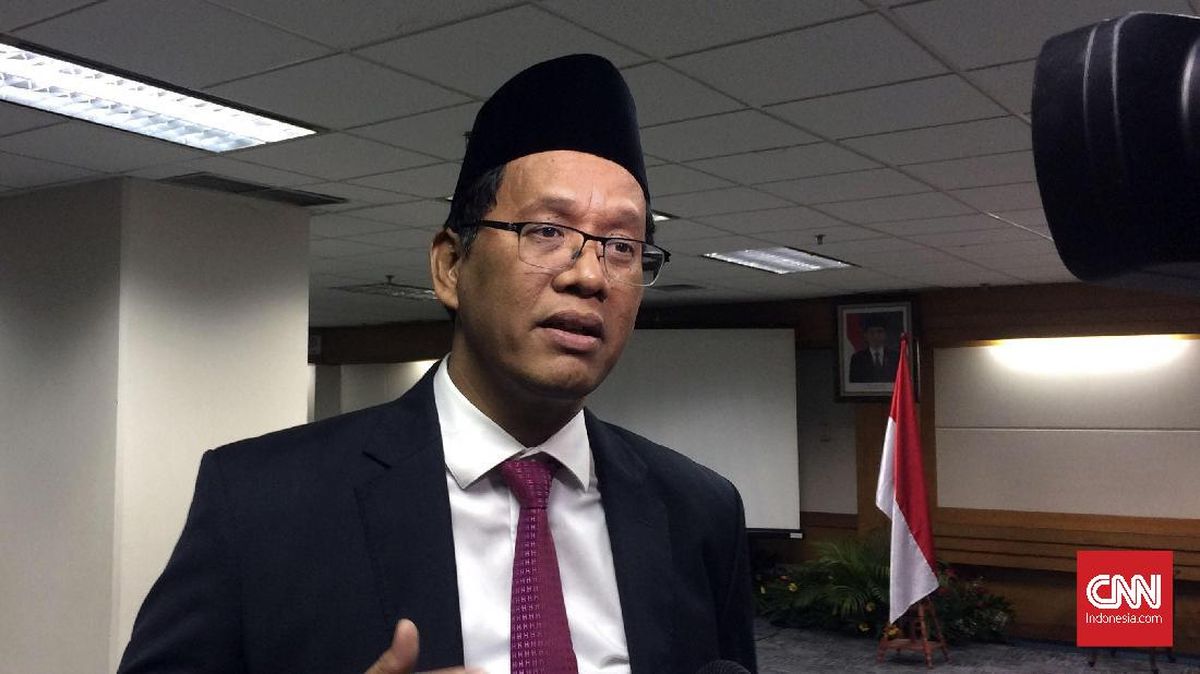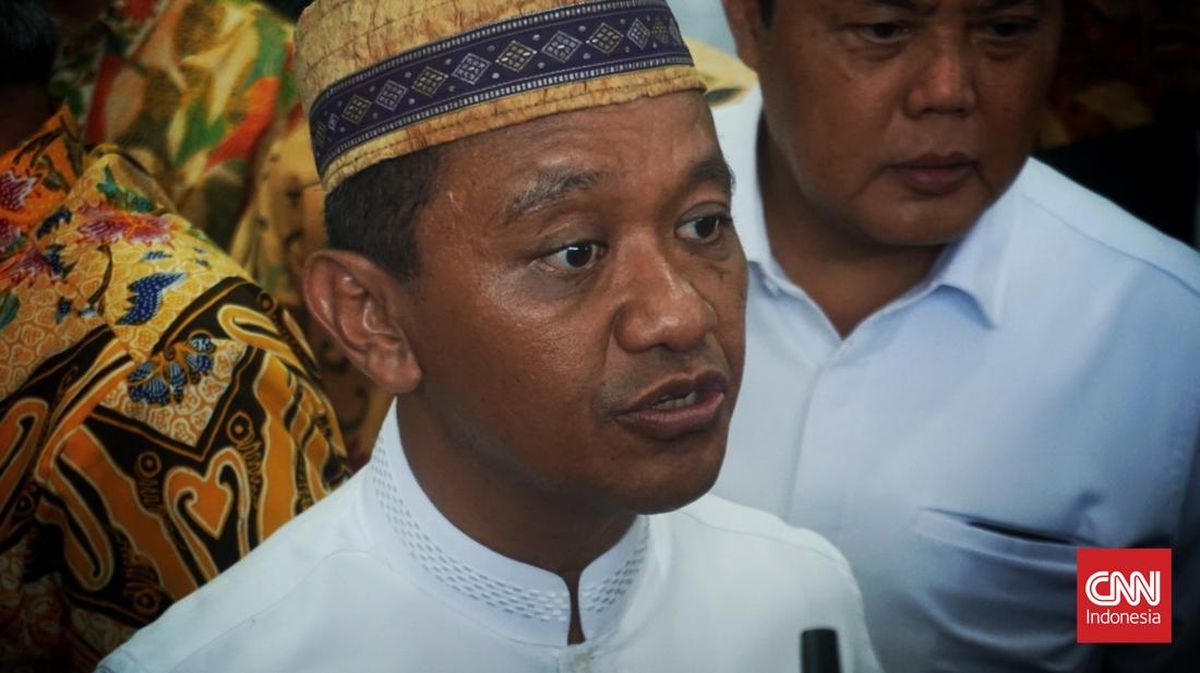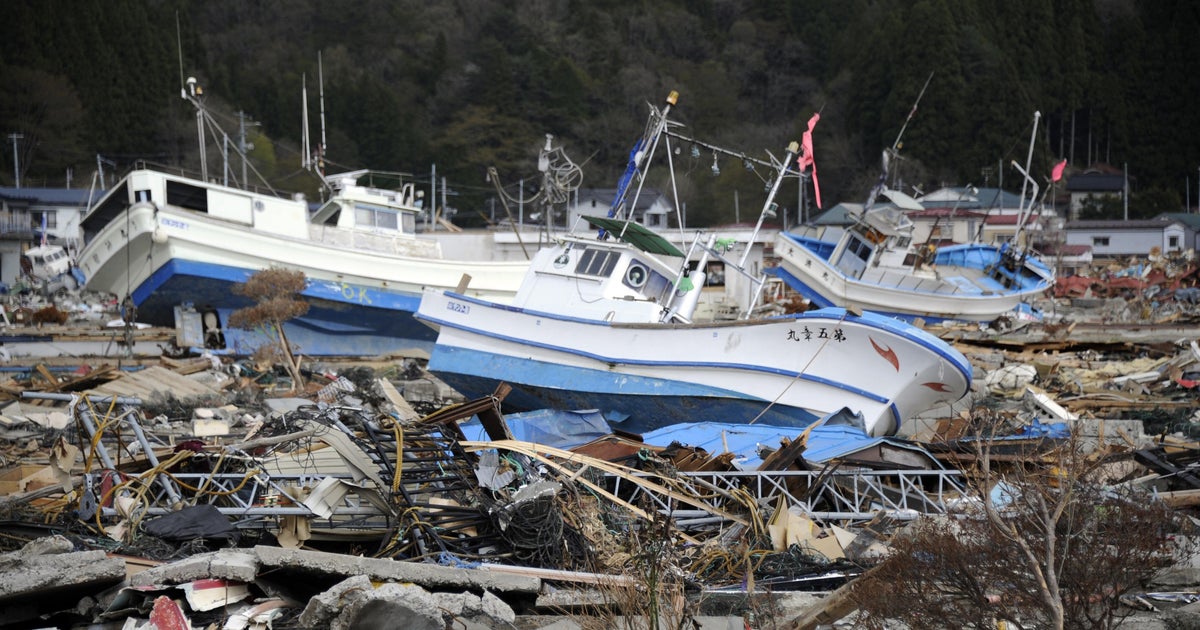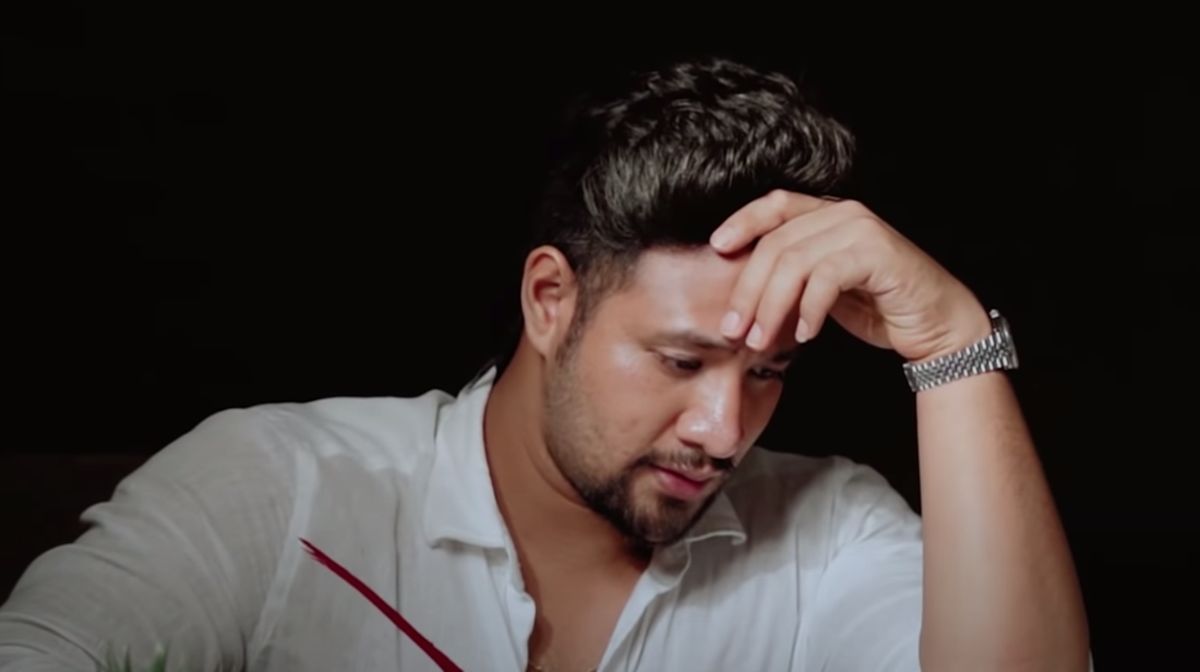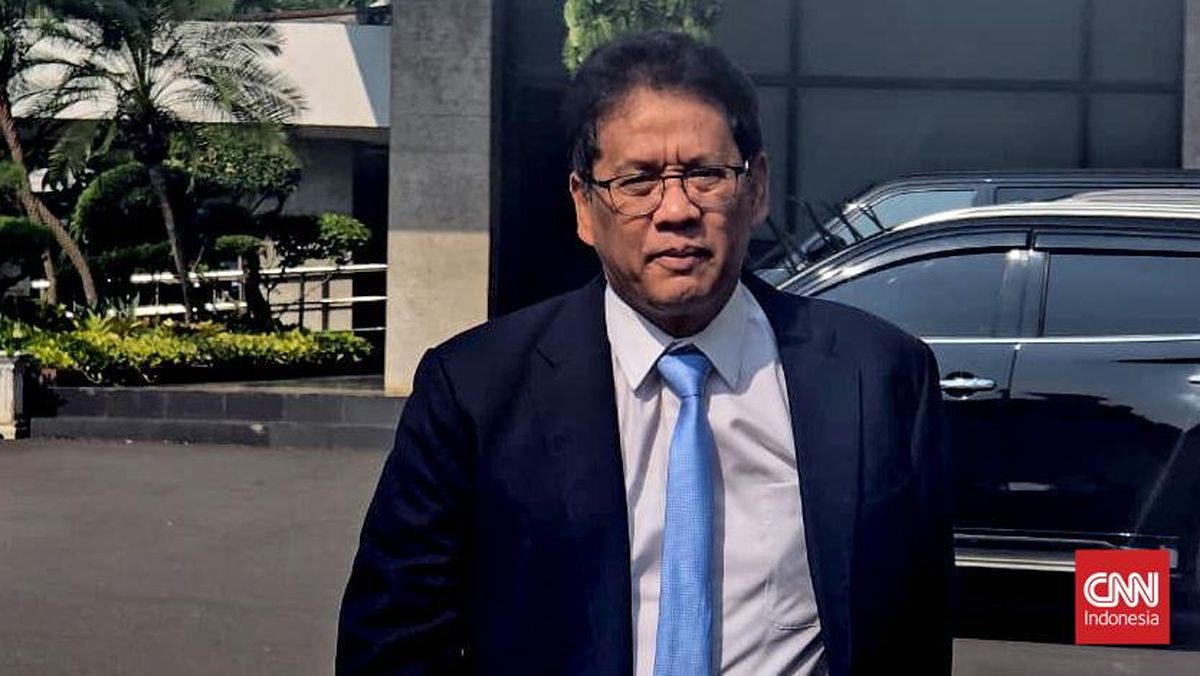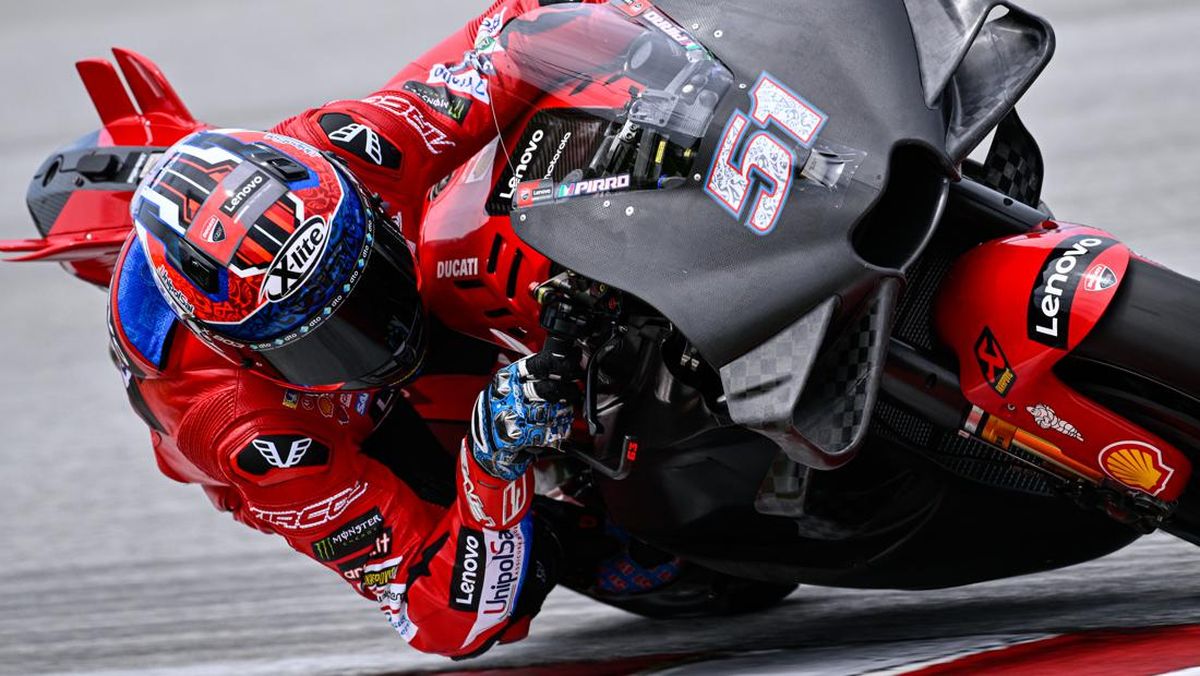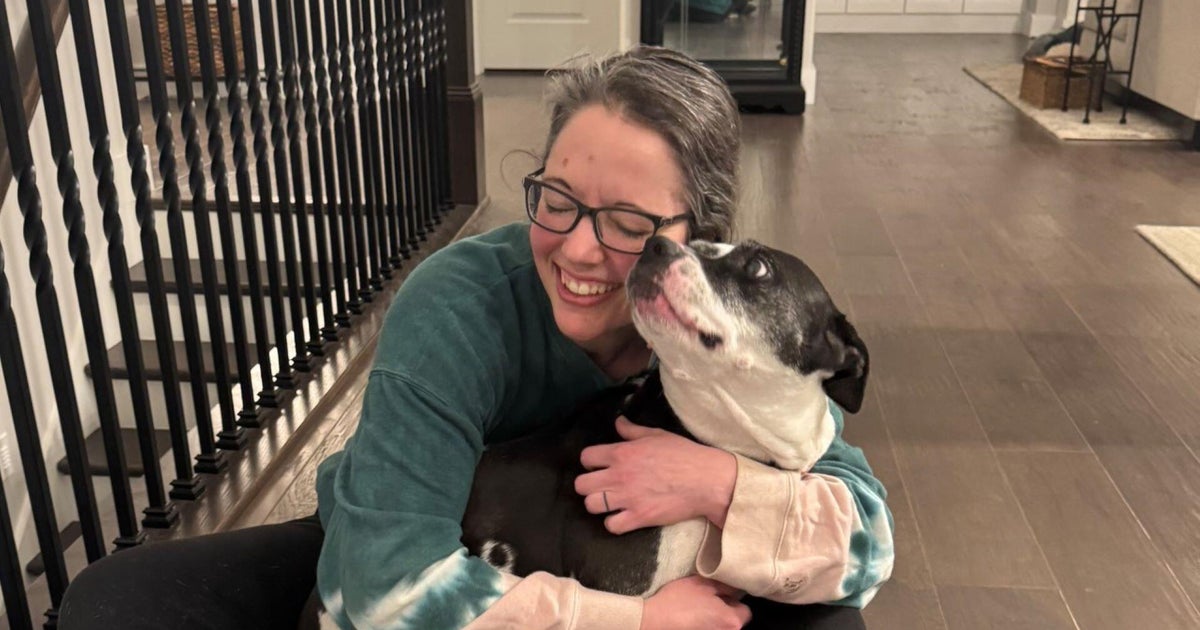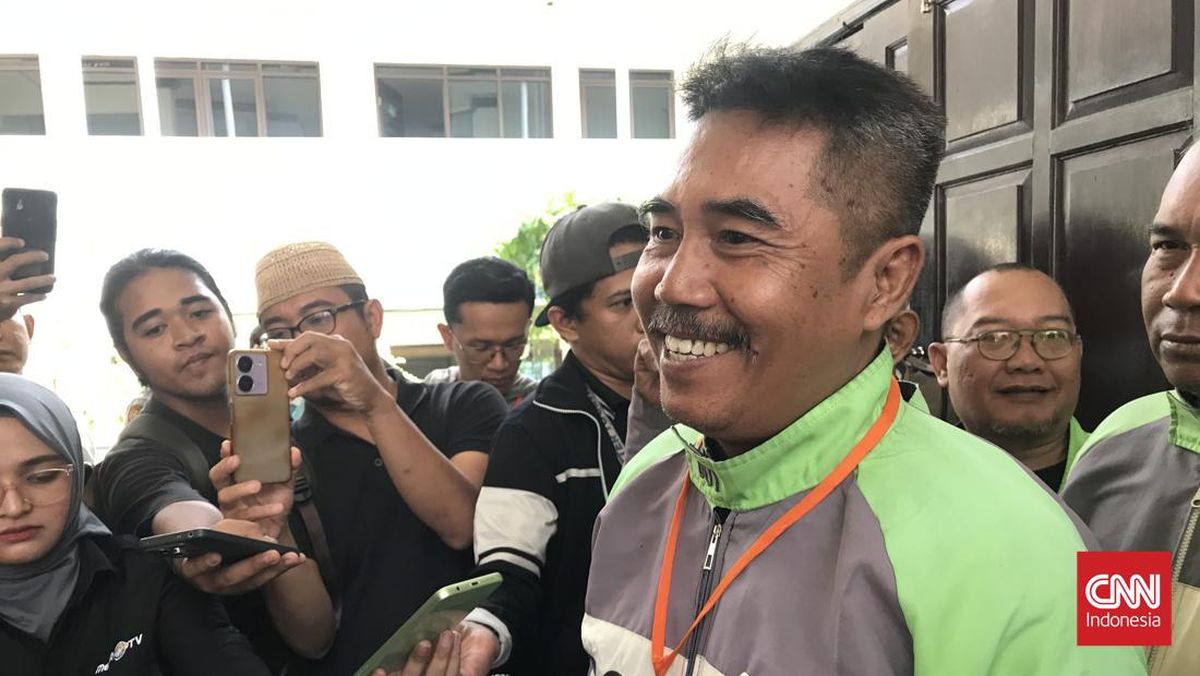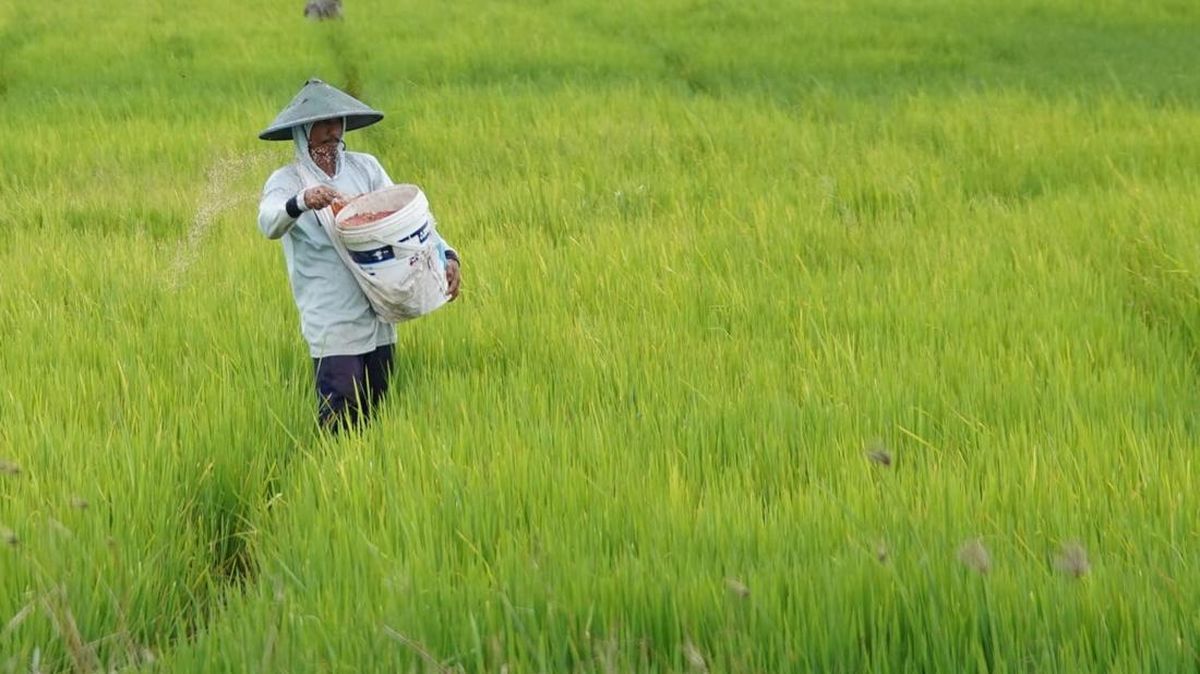Twenty-five years after Looking for Alibrandi became a landmark Australian film – as a touching and funny story about a spirited teenage girl straining against her family’s Italian heritage – Pia Miranda still regularly hears how much it meant to someone.

Pia Miranda as Josie with Greta Scacchi and Anthony LaPaglia, who played her estranged parents in Looking for Alibrandi.Credit: Roadshow
“I would say daily,” says the actress, who shone as Josephine “Josie” Alibrandi. “If we’re including people messaging me on Instagram, probably more than a couple of times a day.”
Director Kate Woods’ film, with a script that Melina Marchetta adapted from her own popular novel, arrived with the star power of two Hollywood names playing Josie’s estranged parents: Greta Scacchi and Anthony LaPaglia.
Loading
But Miranda was the shimmering star, supported by tender performances from Elena Cotta as Nonna Katia, and Kick Gurry and Matthew Newton as Josie’s contrasting romantic interests.
Ahead of 25th-anniversary screenings at the Italian Film Festival next week, four key contributors remember what it was like making Alibrandi and reflect on why it is still so beloved.
And after a stage adaptation in 2022, there is good news for fans. “There’s a series in the wind as we speak,” Woods says.
The film’s origin
Shortly after the novel was published in 1992, producer Tristram Miall, fresh off the success of Strictly Ballroom, bought the film rights. While contracts were signed the next year, the film took another seven years to reach the screen.
After an earlier attempt by a more experienced scriptwriter that Marchetta describes as “culturally awful”, she was given the chance to write the screenplay. Robyn Kershaw joined as producer and, after successfully pitching a vision for how she would make the film, rising talent Woods came on as director.

Matthew Newton and Pia Miranda in Looking for Alibrandi.Credit: Roadshow Pictures
“It’s just a universal story of growing up, of feeling like an outsider, as we all do as teenagers,” Woods says of her response to the novel. “We all feel like we’re lesser in some way but we’re not. We’re all unique.”
Casting Josie
Kick Gurry was 18 and still new to acting when he received a fax – yes, a fax – from his agent about an audition for a film based on a book, and told his 15-year-old sister, Anna. “She just lost it,” he says. “It was her favourite book and all her friends’ favourite book.”
He still carries around a fragment of that fax in his wallet.
Miranda first heard about the film from Gurry, whom she knew from acting classes, after he had made it through a series of “cattle calls” in Melbourne, where a hundred actors were progressively culled, then caught the overnight train to Sydney to audition with other possible Josies.
She bumped into him in St Kilda one day – “he was sitting, just having a souvlaki or something” – and he told her, “they can’t find the girl, and you should go for it because it’s Italian”. As soon as Miranda arrived home that day, her agent rang to suggest she audition. “I rang Kick and I said, ‘Can I borrow your book?’”
Miranda flew herself to Sydney and made it through another “cattle call” with hundreds of actors. “When Kick came in I was so relieved to see him,” she says. “We had to improvise a scene about John Barton [Newton’s character] dying – read the dialogue they’d given us and improvise for five minutes.”
Woods recalls that Miranda was very shy and her hair was covering her face at the Wharf theatre auditions, but the improvised scene with Gurry showed she was perfect. “She had him eating out of the palm of her hand in about a minute,” she says. “Melina and Robyn and I just grabbed each other’s hands … we all knew, ‘this is our Josie’.”
Woods adds that the film should have been called Waiting for Anthony because LaPaglia “had just hit the big time in America and he was always doing this film or that film”. While they waited, Scacchi became pregnant so she had to leave the film. “But we kept waiting and she managed to come back again with Matteo, her son, as a tiny baby,” Woods says. “It all magically came together.”
The shoot
Loading
Shooting in Sydney’s inner west gave the film an Italian-Australian authenticity. The Tomato Day scene (which Josie calls “National Wog Day”) was shot at Marchetta’s grandmother’s house in Five Dock. Josie’s house, chosen for its city views, was in Glebe.
Marchetta remembers Italians coming up to her during filming to say what her mother had also said: “don’t make us look like idiots”.
She loved that Woods would say: “I’m an Aussie making a film about Italians, so I need to get this right”.
Says Miranda: “Someone had said to me that you can’t get fired after two weeks of shooting. We worked so hard but I was really nervous that I wouldn’t be good enough because I just loved the book and the story so much. I remember reaching the two-week mark and thinking, ‘They can’t fire me now,’ and that’s when I finally relaxed. Then someone told me, ‘No, they can fire you any time,’ and that really ruined me.”
Later, Marchetta watched a cast-and-crew screening with her parents. “I remember my mother’s reaction: she just loved it,” she says. “It was such a special moment. I felt like I’d been part of something that we’d really be proud of.”

Pia Miranda, Elena Cotta and Greta Scacchi in Looking for Albrandi.Credit:
Gurry says he was mesmerised by Scacchi and LaPaglia – “I wanted to learn as much as I could from them” – and loved that everyone wanted to bring “this unbelievably beautiful history of their Italian culture” to the screen, and that he felt included.
The filmmakers made the bold decision that the Italian spoken in the film would not have subtitles, for authenticity. “Josie doesn’t speak it very well, so it was sort of like being in her shoes,” Woods says.
The cinema release
For Woods, the premiere at Palace Norton Street in Leichhardt was one of the best moments of a career that includes major TV shows in the US and the new film Kangaroo. “They laughed at the right time, and they were quiet at the right time, and there were tears at the time that we hoped there would be,” she says.
Opening the same day as Gladiator after glowing reviews, Alibrandi took an impressive $8.3 million at the Australian box office and is still inside the top 50 Australian films.
At the Australian Film Institute Awards – the precursor to the AACTAs – Looking for Alibrandi won best film, adapted screenplay, lead actress, supporting actress and editing, though Chopper’s Andrew Dominik beat Woods for best director.

Pia Miranda as Josie and Kick Gurry as Jacob in Looking for Alibrandi.Credit: Roadshow Pictures
The impact
Marchetta watched the film again at the Melbourne International Film Festival this year. “I was sitting next to Kick and he hadn’t seen it for 25 years,” she says. “It affected me even more than I’d been affected by it in the past. I just thought, ‘oh my god, what a beautiful piece of work’.”
She plans to take her almost 14-year-old daughter to see it for the first time at the Italian Film Festival next week. “I wanted her to watch it on the big screen,” she says.
Like Miranda, Marchetta gets almost weekly reminders about the film and book. “The biggest thing for me is it’s a story about community, and I don’t think we’ve ever needed community more than we do now,” she says.
But Marchetta is still disappointed it hasn’t led to more films exploring different cultures, saying: “I feel we’ve got such a long way to go when it comes to telling stories about people from a non-dominant culture.”
Gurry calls it a cool experience having the film so well received and, in the years afterwards, meeting new fans. “I think the movie speaks to their feelings of isolation and displacement in their teenage years,” he says.
Miranda, who considers Alibrandi a beautiful celebration of Australian multiculturalism, jokes about it being 25 years old. “I’m in menopause now – I’m assuming I am, I’m 52 – so, yeah, it feels like 25 years,” she says. “It feels really good that people still love it.”
It’s still a blessing for her, meeting someone on the street and making their day by talking about Alibrandi. “Culturally it was a really important film because it wasn’t just poking fun at different cultures,” Miranda says. “It was a really rich, beautiful story about women, about generations and about younger generations trying to find their place.”
Woods believes Alibrandi has endured because “Melina’s story just is universal and timeless” and the actors created memorable characters. “I think Pia still gets free produce in any deli she goes to in Leichhardt,” she says.
The 4K restored version of Looking for Alibrandi screens on the closing night of the Italian Film Festival on October 15 in Sydney and October 16 in Melbourne.
Must-see movies, interviews and all the latest from the world of film delivered to your inbox. Sign up for our Screening Room newsletter.

